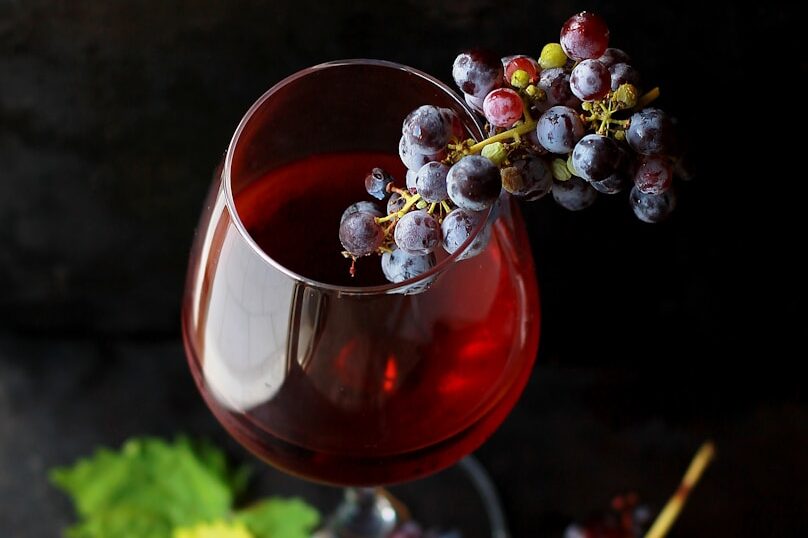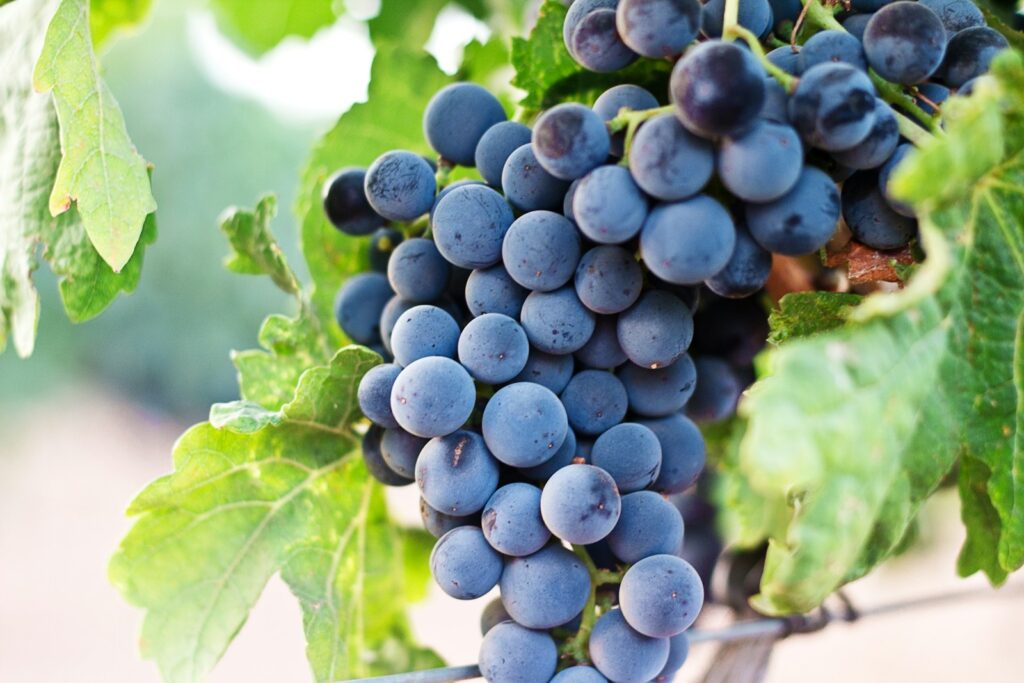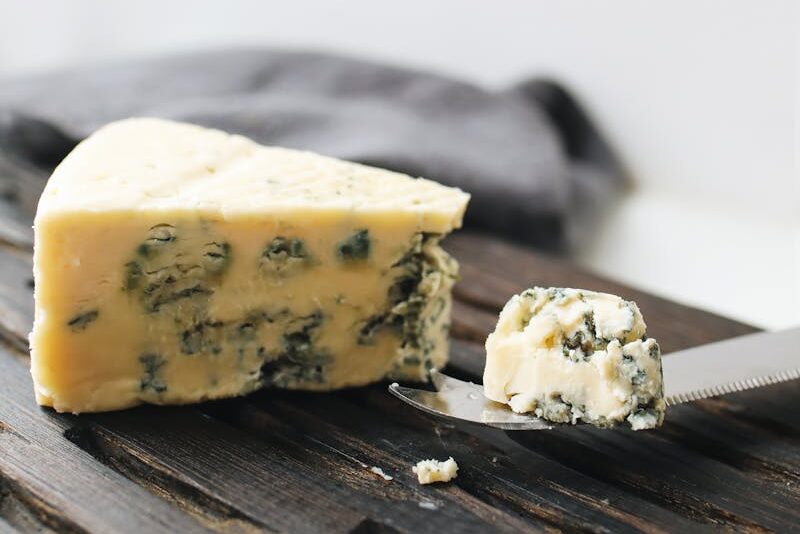
Port wine is a timeless indulgence, offering a symphony of rich, complex flavors that elevate any occasion. Whether savored as a post-dinner treat or paired alongside bold cheeses, this fortified wine stands as a beloved staple in the world of fine beverages. In this article, we’ll uncover what port wine is, its origins, the process behind its creation, the various types available, and how to enjoy it to its fullest.
What is port wine?

Port wine, often referred to simply as “Port,” is a sweet, fortified wine from the Douro Valley in northern Portugal. Known for its deep, robust flavors and higher alcohol content, it’s typically enjoyed as a dessert wine, though its versatility allows for various pairings. Fortification, a process of adding grape spirit (brandy) during fermentation, gives port its signature sweetness and longevity.
Unlike regular wines, port’s unique characteristics stem from this fortification process, resulting in a smooth, rich beverage with nuanced notes of dark fruits, chocolate, spices, and nuts.
The origins of port wine
Port wine finds its roots in Portugal, specifically the Douro Valley, which is one of the world’s oldest wine regions. Wine production in the region dates back to Roman times, but the port we know today gained prominence in the 17th century.
During a trade war between Britain and France, the British began importing wines from Portugal. To preserve these wines during their long sea journeys, brandy was added, inadvertently creating the sweet, fortified wine that would become Port. By the 18th century, the export of port wine to Britain flourished, solidifying its place in history.
Today, true port wine is still exclusively produced in the Douro Valley and governed by strict regulations to maintain its authenticity.
How port wine is made

The production of port wine begins with grapes harvested from the steep vineyards of the Douro Valley. Over 80 grape varieties are permitted, though key varieties include Touriga Nacional, Tinta Roriz, and Touriga Franca.
- Harvesting and crushing: Grapes are carefully harvested and traditionally crushed by foot to extract juice. Though modern methods now use machines, some producers maintain this traditional approach.
- Fermentation and fortification: The grape juice ferments for a short period before brandy is added to stop fermentation. This preserves natural sugars and raises the alcohol content.
- Aging: The wine is transferred to oak barrels or steel tanks to mature. Aging varies depending on the type of port being made, which significantly impacts its flavor profile.
The result is a wine that balances sweetness, alcohol, and complex flavor layers.
Types of port wine and how it tastes
Port wine comes in a variety of styles, each offering unique characteristics shaped by its production method and aging process. While all ports share a balance of sweetness, acidity, and complexity, the flavors can differ significantly depending on the type:
- Ruby port: A young and vibrant style with a deep red color. Ruby ports are bursting with bold, fresh fruit flavors such as cherry, raspberry, and plum. Sweet, lively, and youthful, it’s perfect for those who enjoy a rich, fruity wine.
- Tawny port: Aged in wooden barrels, tawny ports develop a lighter brown or amber hue. The aging process imparts smooth, nutty flavors with layers of caramel, dried fruits like figs and raisins, and warm spices such as cinnamon.
- Vintage port: Made from the finest grapes in exceptional years, vintage ports offer deep and concentrated flavors. Expect rich notes of dark fruits like blackberry and blackcurrant, along with hints of chocolate, licorice, and earthy spice. Vintage ports become even more complex as they age in the bottle.
- Late Bottled Vintage (LBV): Similar to vintage port but aged longer in barrels before bottling. LBV ports are rich and approachable earlier, featuring ripe fruit flavors with subtle notes of spice.
- White port: Produced from white grapes, this versatile style ranges from dry to sweet. Flavors include citrus, stone fruits, almonds, and honey, making white port an excellent choice for aperitifs or cocktails.
- Rosé port: A modern, lighter style with bright, refreshing berry flavors like strawberry and raspberry. Delicate floral undertones give rosé port a crisp and fruity finish.
Each style of port wine offers a unique drinking experience, from youthful and fruity ruby ports to the smooth, nutty complexity of aged tawnies. Whether you prefer bold dark fruits, delicate florals, or caramelized notes, there’s a port to suit every palate and occasion.
Pairing port wine with food

Port wine’s richness and sweetness make it a fantastic partner to a variety of foods. Here are some classic pairing suggestions:
- Cheese: Aged cheeses like Stilton, Gorgonzola, and sharp Cheddar pair beautifully with the boldness of ruby or tawny ports.
- Chocolate: Dark chocolate enhances the deep, fruity notes of vintage or ruby ports.
- Nuts and dried fruits: Tawny port pairs effortlessly with walnuts, almonds, and dried figs.
- Desserts: Pair sweeter ports with desserts like fruit tarts, crème brûlée, or sticky toffee pudding.
- Savory dishes: White port works well with salty snacks like olives, almonds, or seafood appetizers.
The perfect way to enjoy port wine

To fully appreciate port wine, serving temperature and glassware matter:
- Temperature: Ruby and vintage ports are best served slightly cool (around 16°C), while tawny and white ports are more enjoyable slightly chilled (10-12°C).
- Glassware: Use a smaller wine glass or tulip-shaped port glass to concentrate the aromas.
- Pouring: Port is rich, so pour smaller amounts to savor its flavors slowly.
Whether you’re relaxing with a glass of tawny after dinner or toasting with white port in a refreshing cocktail, there’s a perfect pour for every occasion.
Final thoughts
Port wine is more than just a drink; it’s a celebration of heritage, craftsmanship, and flavor. From the vineyards of the Douro Valley to your glass, its rich history and variety offer something for every palate. Whether you’re exploring port for the first time or a seasoned enthusiast, there’s always something new to discover in this timeless fortified wine.
So, pour a glass, savor the flavors, and toast to the enduring beauty of port wine.





